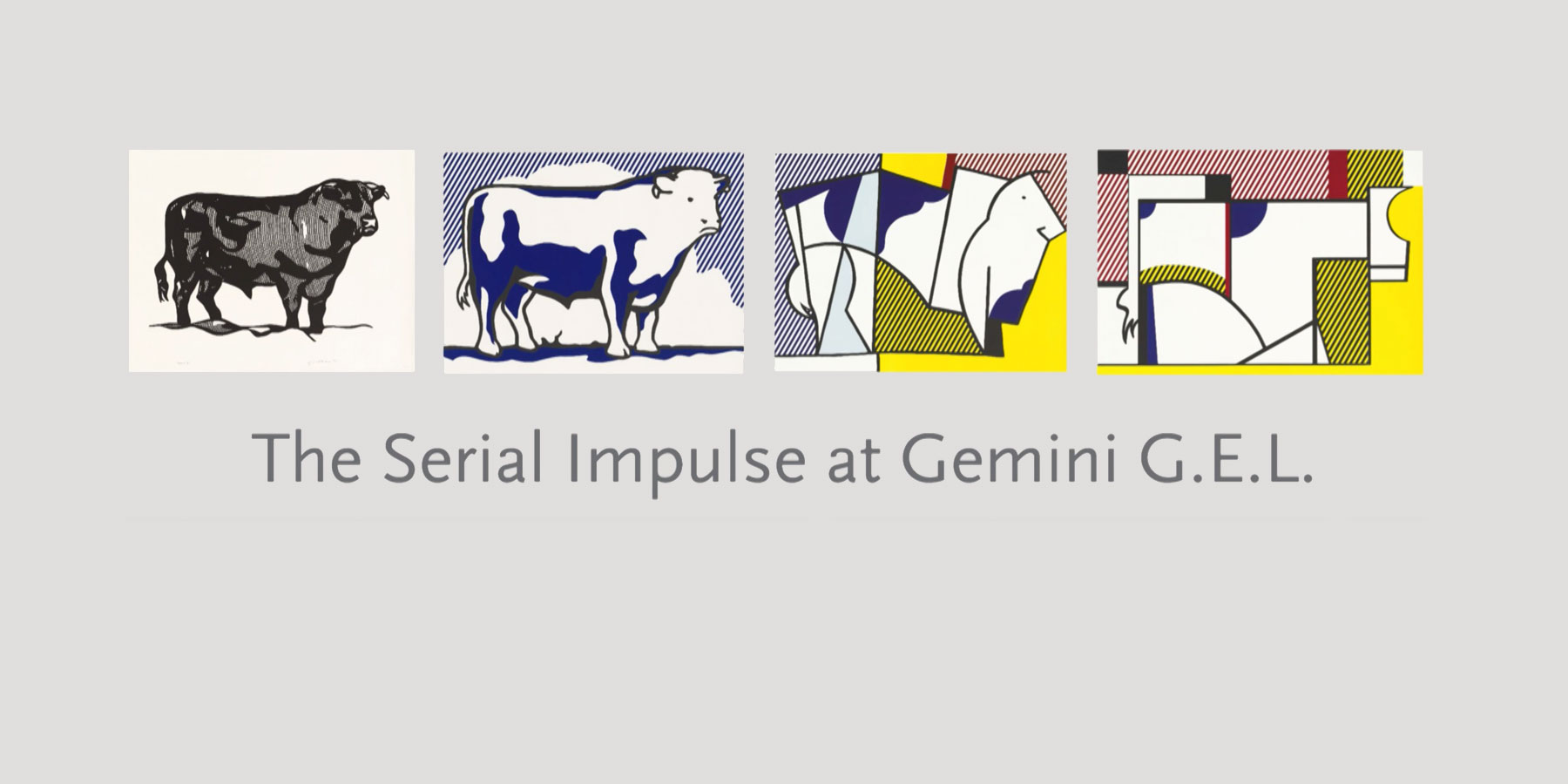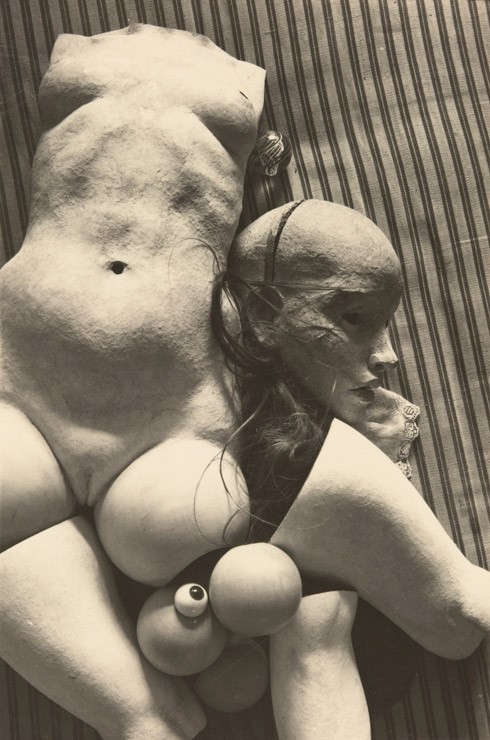Strung-up parts of marionettes flip, swing, and flail. They appear upside down, right side up, and sideways in a sequence as disjointed as the limbs in the series’s final print. Susan Rothenberg (American, born 1945) has long practiced the artistic fragmentation of bodies—human and animal—as a means of exploring the cleavage between figuration and abstraction. Her Puppet Series, though, was motivated by current events, prompted, she explains, by “stories about prosthetics from the wars.” It “represent[s] a mental state and idea” that relates to “the anti-gravity,” a term she uses to convey how many people felt “lost . . . dislocated” in the wake of the terrorist attacks of September 11, 2001 and the military conflicts in Iraq and Afghanistan. Rothenberg’s puppets recall the subversive work of the German surrealist Hans Bellmer, whose dismembered dolls from the mid-1930s read, in part, as a defiant refutation of the idealized bodies of the Aryan race promoted by the Nazi party. Rothenberg, like Bellmer, uses serial imagery of ruptured and violated anatomies as a tool of social critique.
The mezzotint technique, which Rothenberg used to create Puppet Series, is one in which the artist works from dark to light. The procedure requires roughening the surface of a copper plate such that it will print—when inked in black—as a solid velvety black. The artist then “draws” an image onto its toothy, pitted surface by burnishing or smoothing areas so that they will hold less ink and consequently print lighter. The simplest way to think about a tonal process such as mezzotint is to envision covering a sheet of paper with black charcoal or chalk and then “drawing” on the black ground using an eraser. Rothenberg’s sketchy, fragmented puppets emerge from a dark, featureless, black field, resonating with the psychological murkiness the artist ascribes to our times.






